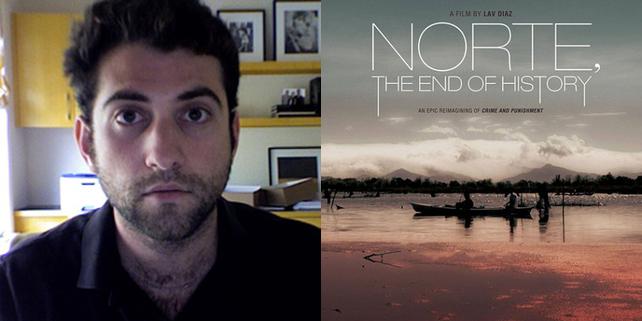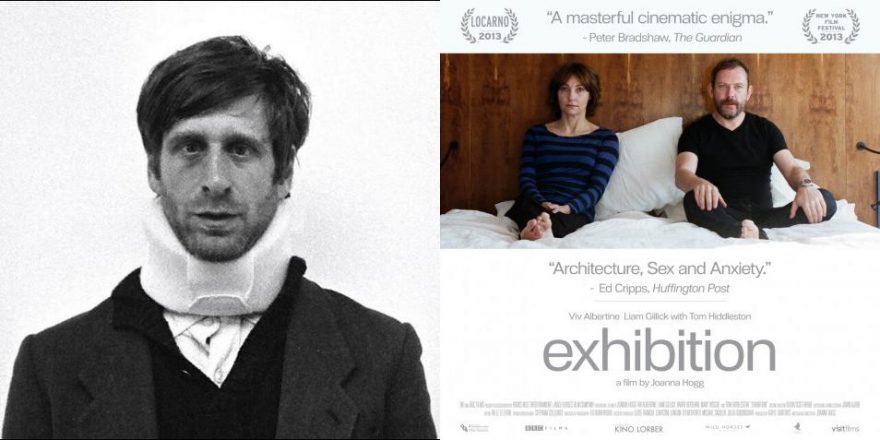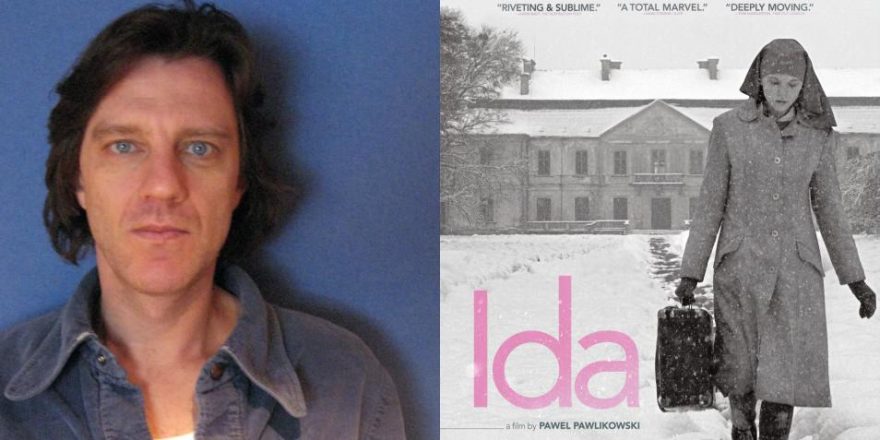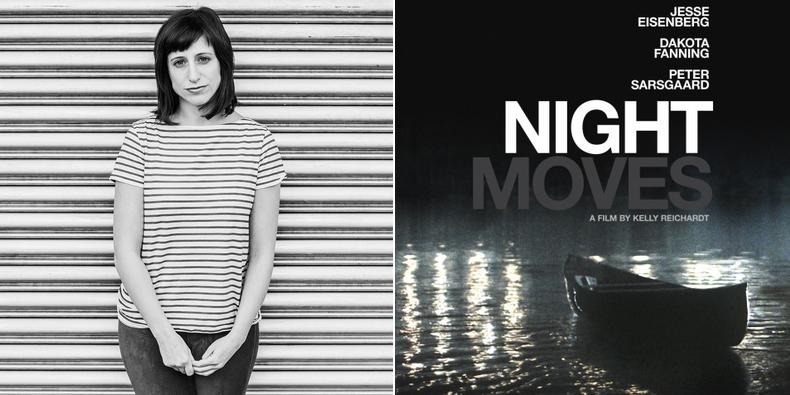One of the great paradoxes – and ironies – of cinema is that, despite the fact that the medium is built around the presentation of images, it’s that which occurs off screen that exerts the greatest hold over the audience. If the movie screen is a glowing rectangle upon which dreamscapes play out according to their own logic, then that which occurs off screen is most fully at the whim of the audience’s imagination. It was the tension between what is onscreen and off, what is visible and only imagined, that struck me throughout the four-hour-plus running time of Lav Diaz’s latest, Norte, the End of History.
Filipino filmmaker Diaz, as it’s often been noted, is a practitioner of “ slow cinema” to the degree that Norte, clocking in at 250 minutes, is one of his shorter works. There’s much to be said about the manner in which Diaz uses duration in order to induce a meditative state in the viewer. His extended static takes, often featuring little by way of traditional visual stimulation (many of the shots have minimal character movement, feeling more like photographs than moving images), bring about a mindfulness-based mode of cinematic stimulation, where the viewing pleasure comes not from watching things happen but, rather, from watching them not happen. Being a spectator of these often-still scenes is not dissimilar to what happens when one stares at a resonant painting or photograph in a museum for an extended period of time.
Again, there’s much more that can be said about this style of representation, but what I found even more striking in Norte was the manner in which Diaz plays with the tension between what is on and off screen. It’s nothing new in cinema, let alone art cinema, for a filmmaker to understand this tension as being central to the power of the medium, but in few films (few recent films, anyway) have I witnessed a filmmaker with this level of control in this aspect of the form.
To give some context, Norte is a contemporary interpretation of Crime and Punishment, set in the Philippines; it begins focused on Fabian (Sid Lucero), a bourgeois law student enamored with the transgressive aspects of philosophies like anarchism, often talking, in Mao-speak, about the need to start society over from zero. Fabian, we realize, is more committed to the ideals he espouses than his friends realize, and he ultimately puts them into action, to one degree or another, when he kills a cruel moneylender, Magda (Mae Paner) – as well as her teenage daughter, who witnesses the crime. The film then begins to shift perspective for some time, as it comes to focus primarily on Joaquin (Archie Alemania), a poor laborer who is arrested and convicted of the crime (Joaquin owed the victim money, and was having trouble paying).
The scene where Magda is killed is not particularly complex, but it raises a host of philosophical issues that I often consider when thinking about the proper way to film a scene. As Fabian kills Magda, the murder – partially glimpsed through a doorway – is mostly obstructed. After the deed is done, Fabian runs into Magda’s daughter, seen in the middle of the frame – and then kills the daughter, which occurs completely offscreen (though, as with Magda’s murder, it is heard quite clearly). Does the choice to have the murders committed mostly offscreen mean that we engage less with what is occurring, since we sense it less, and are therefore less horrified by the act? Or are we more horrified, since we are objective observers looking at Fabian’s behavior, rather than being given the opportunity to identify with his murderous desires (as so many horror films allow us to do)? Does the fact that the camera remains in the hallway mean that the audience is given an easy way out, not having to confront the horror in detail? Or does it mean that we are even more horrified, since the fact that much of the carnage occurs offscreen affords the viewer the opportunity to imagine what is occurring, and therefore construct a horror far more disturbing than anything that could be presented by what cinema is capable of?
The answer, I believe, comes later in the film, in a similar scene where Joaquin is witness – along with many other prisoners – to one prisoner being beaten to death by another. What exactly happens is impossible to say, since Diaz does not show the beating – his camera remains fixed on Joaquin and his cellmates, who watch the act, transfixed, as the audience surely would, were they allowed to. The sounds of the beating are absolutely bloodcurdling, and they force us to conjure up the worst things one can imagine one person doing to another. This, I believe, is the central paradox of cinema: as audience members, we want to watch, we want to see; but only that which remains off camera can be subjected fully to the power of the human imagination. Like what Nietzsche wrote about naming something – and in the process of naming it, stripping it of its power – with cinema, that which is made visible loses the limitless potential for meaning it is capable of being imbued with by the human imagination.
In the prison beating scene, we are forced to imagine not a specific beating, per se, but a more abstract sense of “beating-ness,” a kind of ontological condition of being beaten that can only be conjured in the abstract, that cannot be represented. The action that occurs offscreen is turned, by the audience, into every beating one human has ever administered to another; it becomes the suffering of all humanity. It can do this because it is not represented; it remains abstract. Were Diaz to give us a reverse of the beating, revealing one prisoner pummeling another in their cell, the metaphysical dimension of what is conjured would immediately vanish; we would be back in the realm of specificity. In his refusal to represent the specifics of horror, Diaz forces us to create a far grander sort of horror, and so the film’s reach extends far beyond its story.
It’s ironic, then, that it is not the representation of a thing in cinema that reveals its truth, but rather, the hiding of a thing. Truth is not corporeal, Diaz seems to be telling us – it is abstract, immaterial, larger than any specific representation of itself. Perhaps this is why cinema is ultimately not an art form about what is seen, but rather, what is absent.







